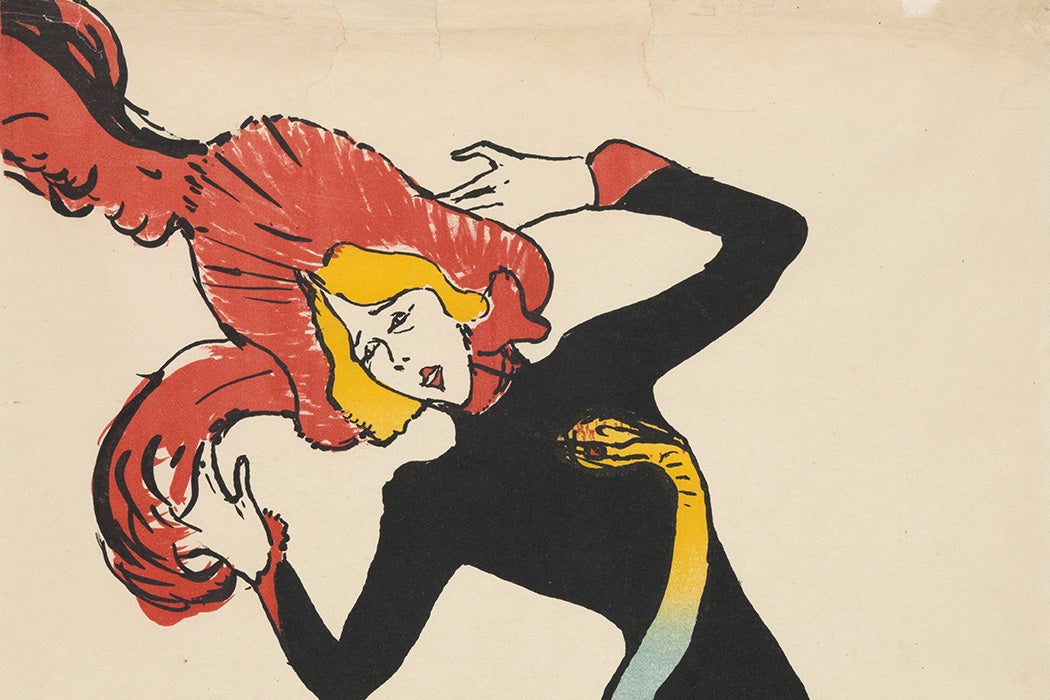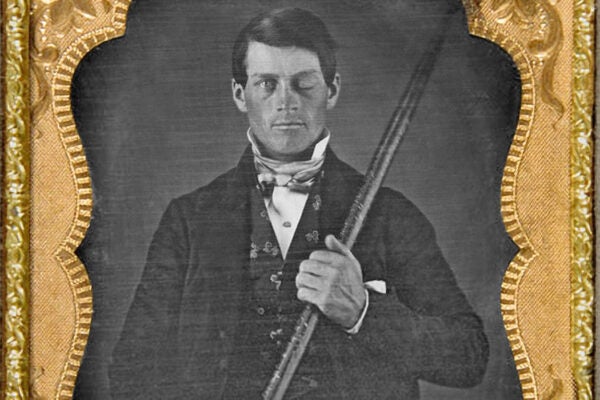Hysteria at the Moulin Rouge (Lampham’s Quarterly)
by Stassa Edwards
In nineteenth-century France, women and girls afflicted with seizures and other forms of “madness” were on display, both in the mental hospital and on stage.
The Trouble with Indigeneity (The New Yorker)
by Manvir Singh
“Indigenous” identity means one thing in the context of settler colonial societies like the United States or Australia. In other contexts, it can obscure more than it illuminates, and it may even help produce policies that “Indigenous” people oppose.
The Climate Scientists in the Attic (Eos)
by Jenessa Duncombe
The largest repository of old-growth timber in the eastern United States can be found in wooden joists and beams in New York City’s oldest buildings. These timbers hold valuable information about past climates, but scientists must analyze them before they go to the landfill.
When Bears Do Cocaine (Vox)
by Alex Abad-Santos
The movie Cocaine Bear is very loosely based on a true story. But what would really happen if a bear did a bunch of cocaine? And do wild bears actually use psychedelic mushrooms?
The Lost Giants of Earth (Slate)
by Riley Black
Earth once teemed with huge creatures, from penguins and beavers that weighed hundreds of pounds to hawk-sized dragonflies. It’s possible that such giant creatures may eventually roam the land again, but probably not while humans are around to see them.
Got a hot tip about a well-researched story that belongs on this list? Email us here.






